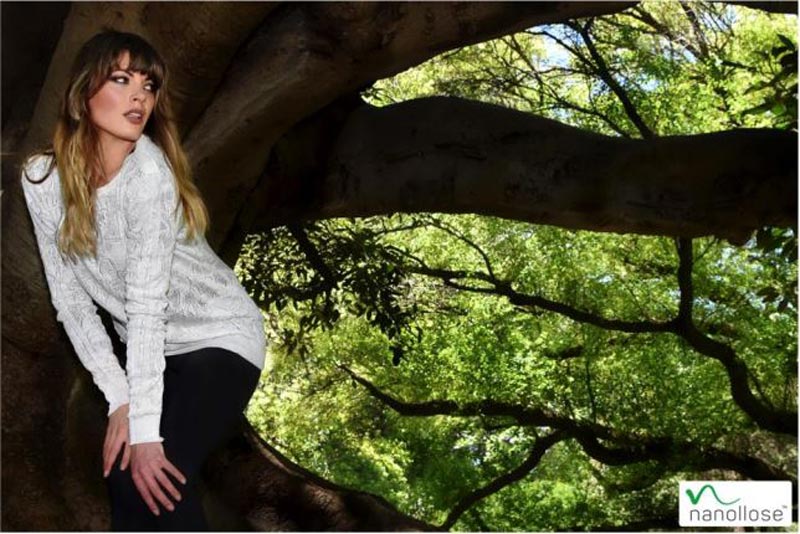Nanollose has turned coconut waste into clothes – shares surge 71pc

Pic: Morsa Images / DigitalVision via Getty Images
Plant-free fabric maker Nanollose has debuted the world’s first piece of clothing made from coconut waste.
Investors applauded the effort, propelling shares up over 71 per cent to an intra-day high of 12c on Tuesday.
The knitted sweater was made using Nanollose’s (ASX:NC6) eco-friendly Tree-Free Rayon fibre called “Nullarbor”.
Nanollose told investors it was the first of its kind and marked a breakthrough for an industry that is urgently seeking sustainable alternatives to clothing made from traditional rayon and cotton, both of which cause significant environmental issues.
The waste-to-wearable-garment process begins in a facility where microbes naturally ferment liquid waste products from food industries into cellulose, a cotton-like raw material that is then transformed into Nanollose’s Nullarbor fibre.
“We have successfully taken waste and created clothing, and we have done it following industrial protocol,” boss Alfie Germano said.
“Our fibre was spun into yarn and made into fabric, then manufactured into this garment using standard industrial equipment. It validates our entire process.”

According to Nanollose, 150 million trees are cut down each year, then chipped and treated with hazardous chemicals in the pulping process to extract the raw material used to make Rayon fibres for clothing.
But since the Nullarbor fibre is made from waste it does not harm a single tree.
- Subscribe to our daily newsletter
- Bookmark this link for small cap news
- Join our small cap Facebook group
- Follow us on Facebook or Twitter
“We didn’t have to cut down any trees to create this sweater, and we have now demonstrated that our Tree-Free Rayon fibre can be used in the same way as other commonly-used fibres to make clothing and textiles, without the hefty environmental footprint,” Mr Germano said.
Nanollose wants to be able to supply potential partners with significant qualities of fibre, so it is developing a supply chain around waste from the Indonesian coconut industry and other industries.
Its goal is to increase fibre production over the next three to six months.
UNLOCK INSIGHTS
Discover the untold stories of emerging ASX stocks.
Daily news and expert analysis, it's free to subscribe.
By proceeding, you confirm you understand that we handle personal information in accordance with our Privacy Policy.








